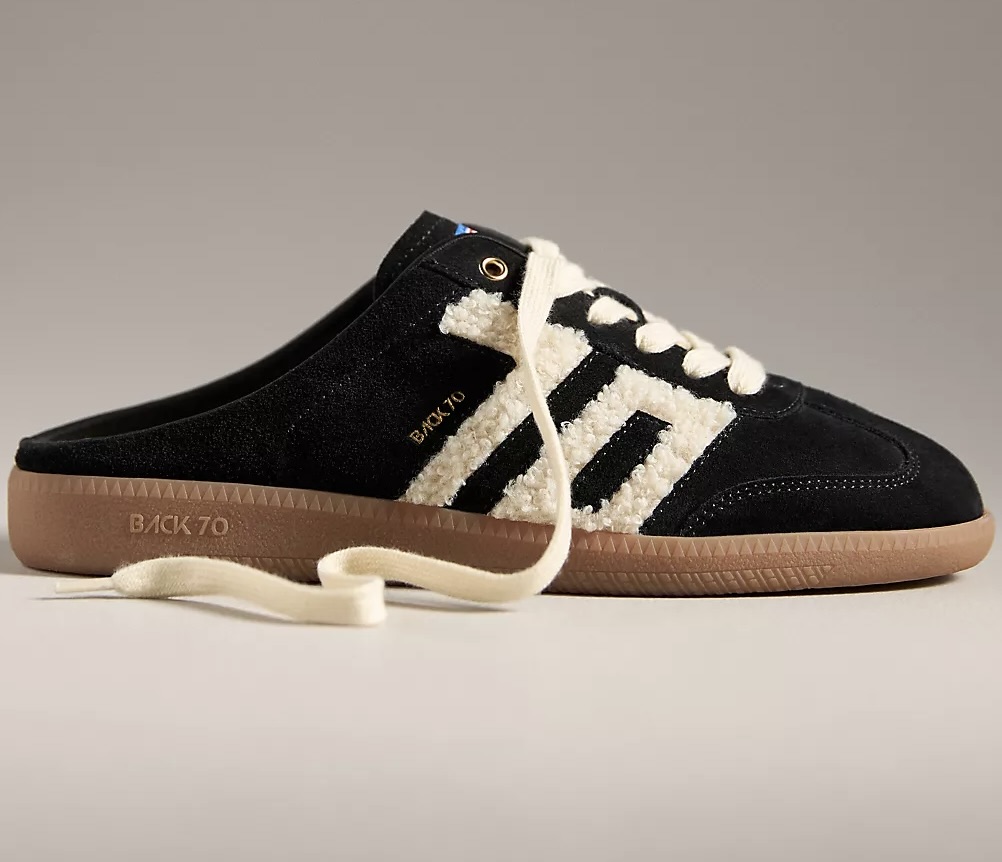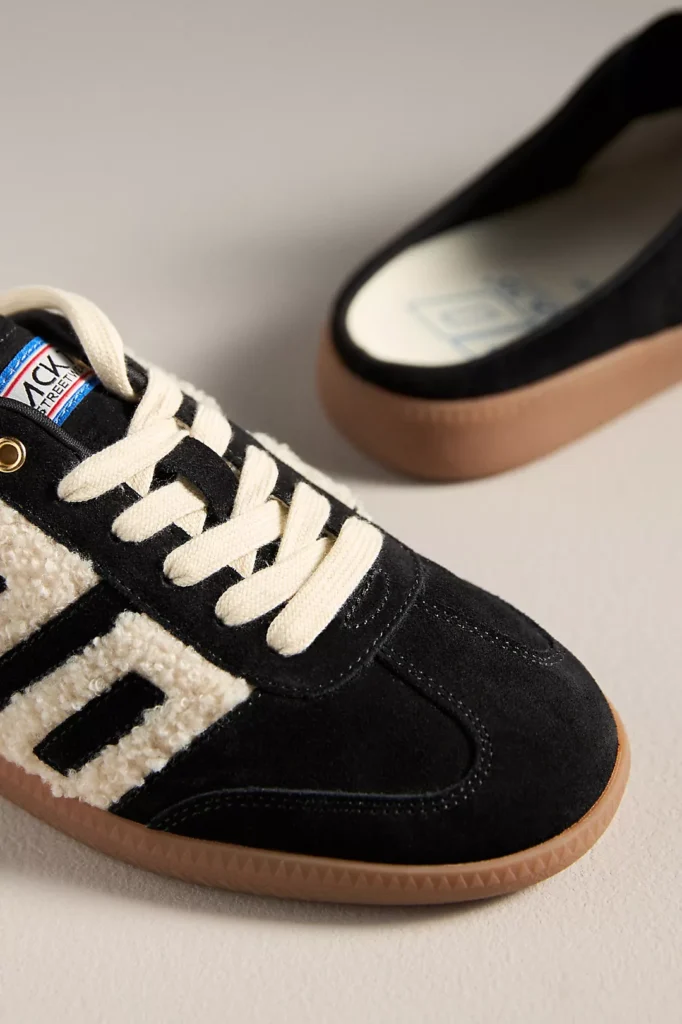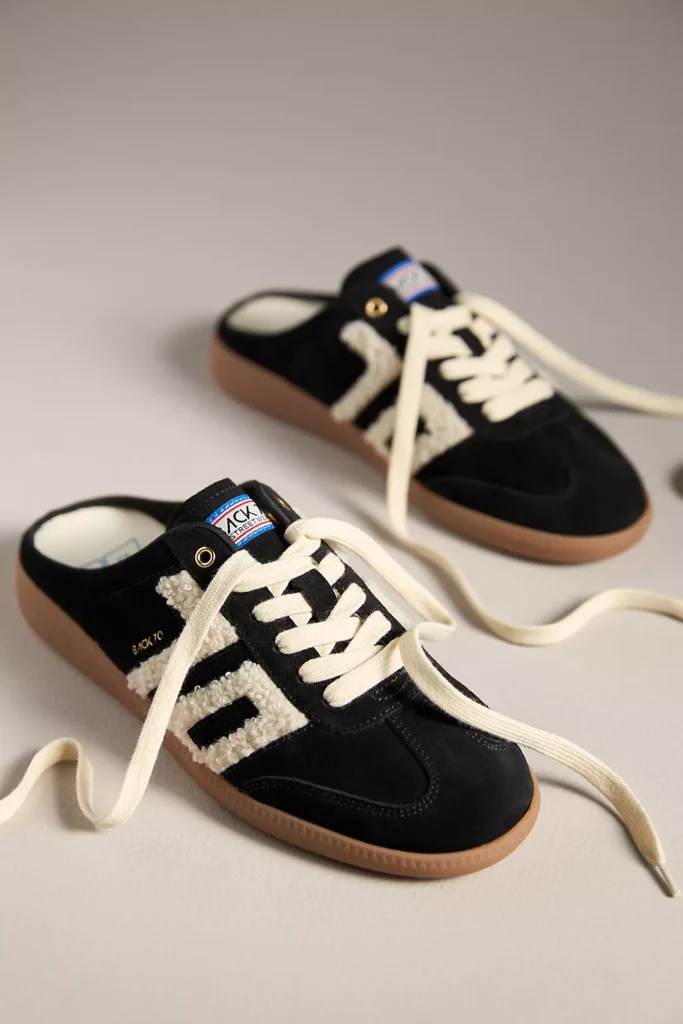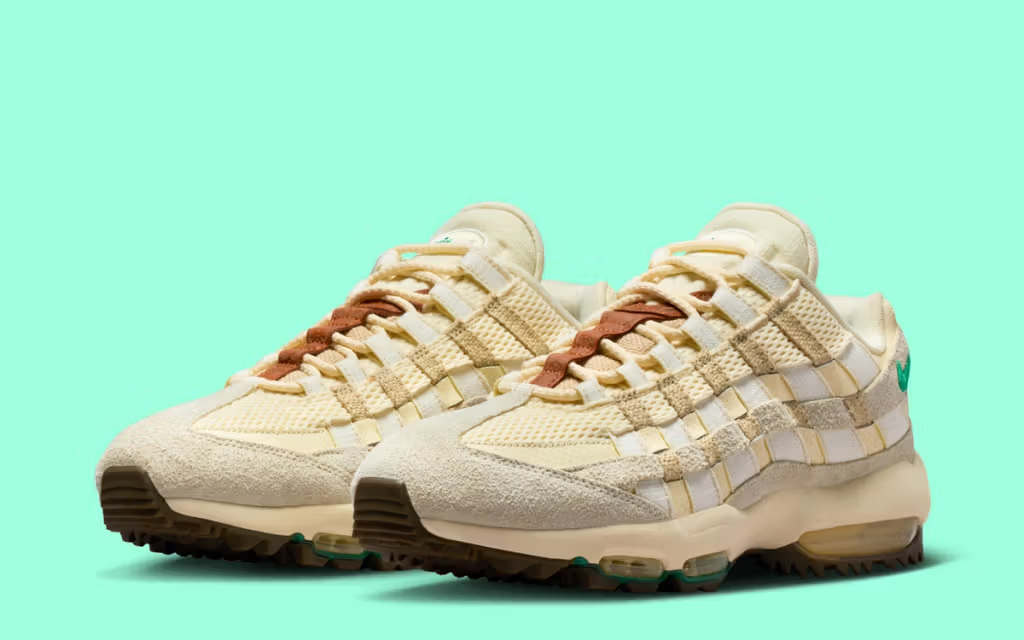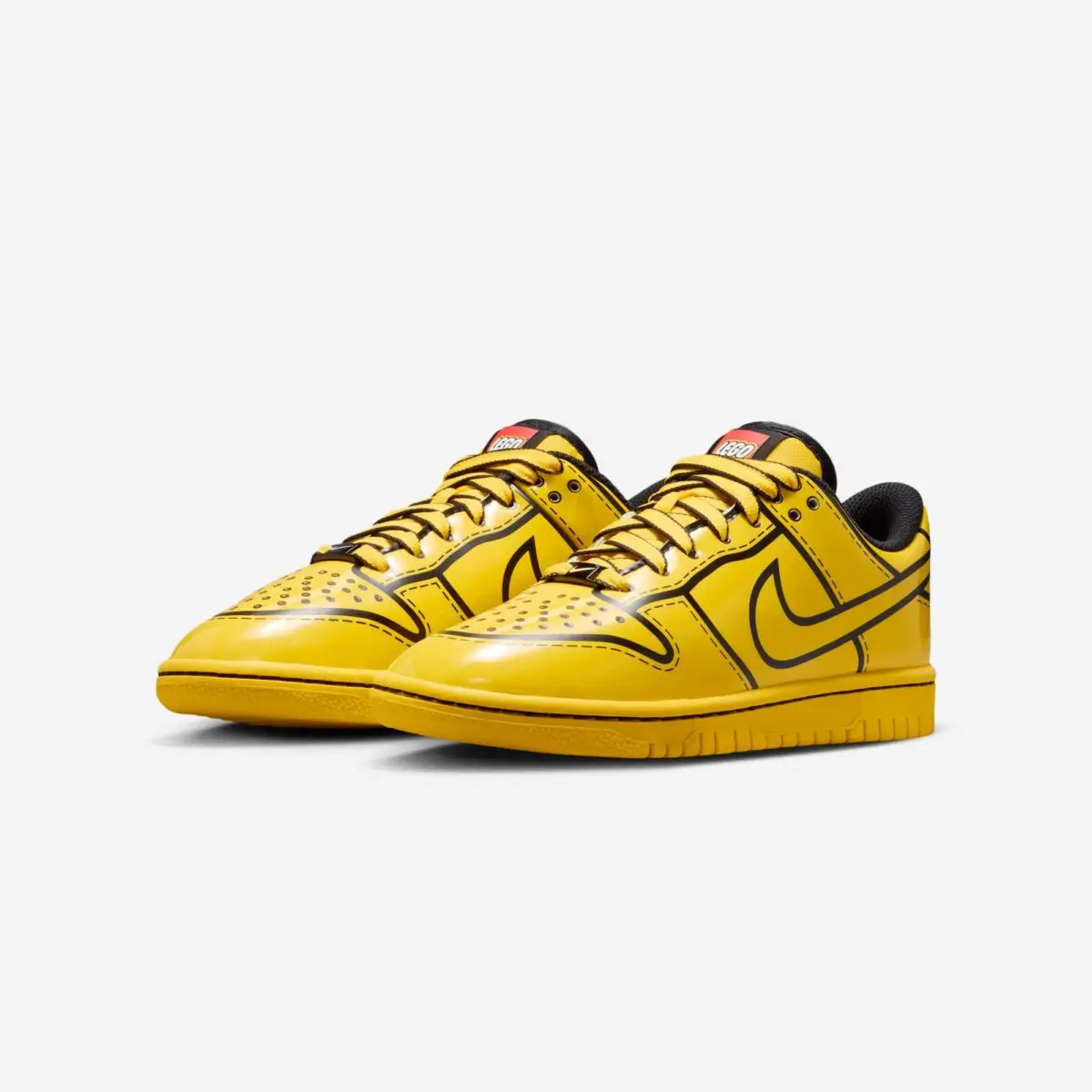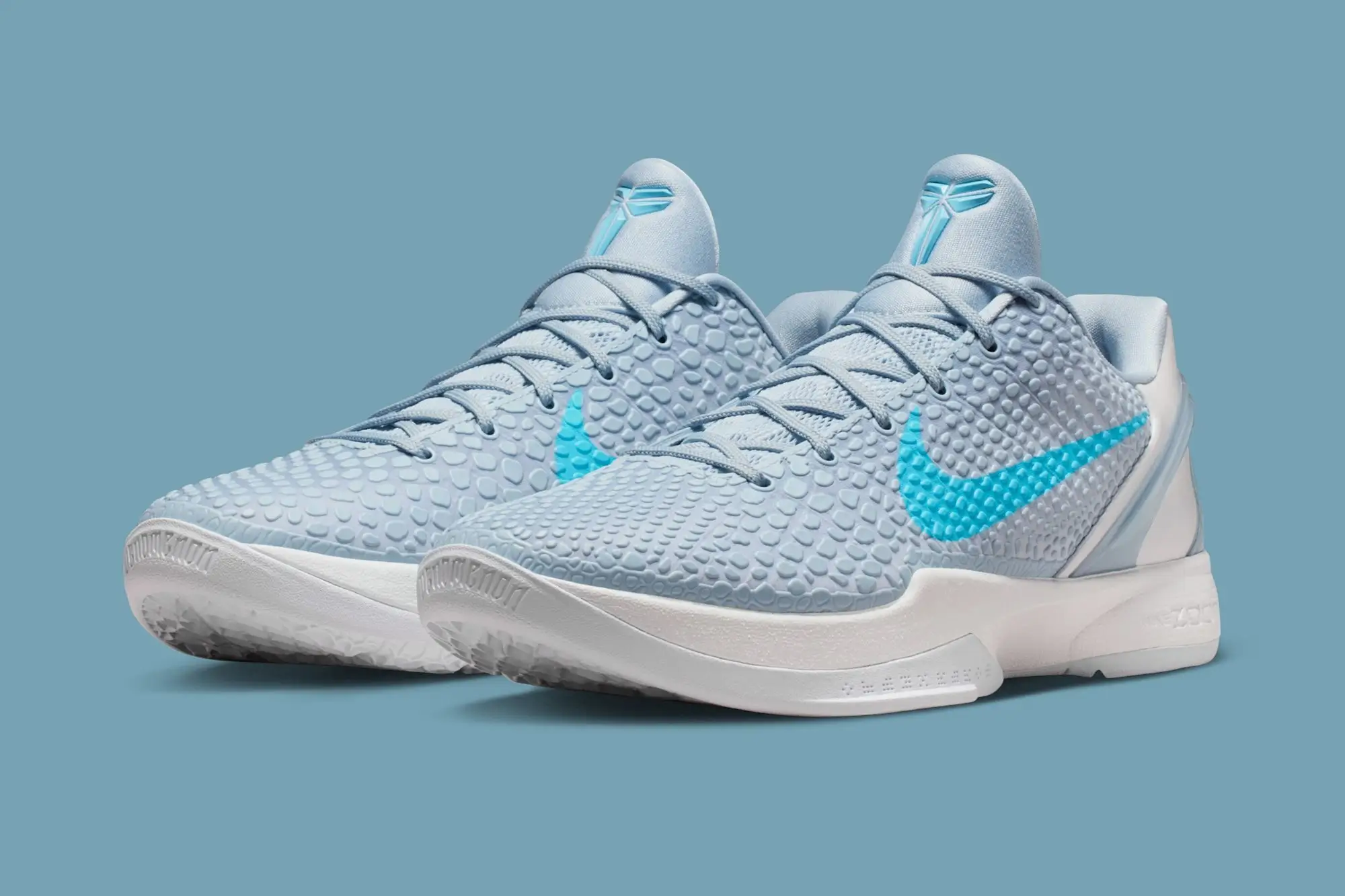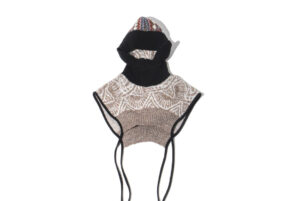A New Silhouette Emerges
The footwear world is defined by cycles—archival revivals, design collisions, and the steady push toward silhouettes that resist easy categorization. The Back 70 Easter Mule Shoe slides into this conversation as a quiet disruptor. It isn’t just a sneaker, nor is it entirely a slipper. Instead, it is the collision point between heritage and contemporary casual culture, a hybrid that distills nostalgia into something unexpected.
Its form is simple: a suede upper in black, marked with tactile stripes, and anchored by a gum sole that feels gleaned from the grainy photographs of 1970s sports halls. The heel, open and unbound, alters the rhythm of the shoe entirely, softening its edges, reshaping its use, and reimagining its place in everyday dress.
Materials as Language
The Easter Mule speaks most clearly through its textures. Black suede wraps across the upper, offering a matte softness that absorbs light rather than reflecting it. Against this surface, the stripes arrive not as flat leather panels but as shearling-like bands—woolly, uneven, tactile. They carry the warmth of craft, the sense of touch elevated to a design statement.
The gum sole beneath balances these contrasts. Where the upper feels warm and rich, the sole feels functional, grounded in a history of indoor sport. Together, these elements create a shoe that whispers familiarity while suggesting something just beyond recognition.
A Nostalgic Undercurrent
Back 70 has consistently mined the 1970s for its references, and the Easter Mule continues this lineage. The gum sole alone is an artifact of that decade, evoking handball courts, futsal (faced-pace game of soccer) games, and training shoes designed not for spectacle but for reliable wear. Suede, too, carries a retro weight—its use on sneakers in the 60s and 70s became synonymous with casual cool.
Yet the open heel breaks this nostalgia apart. It is the edit that denies pure replication, the gesture that insists the design is not a museum piece but a reinterpretation. In the Easter Mule, memory is a starting point, not a destination.
Between Categories
What makes the silhouette striking is its refusal to sit neatly within definitions. It is neither shoe nor clog, neither slipper nor sports shoe. Instead, it holds a liminal space, reflecting broader cultural appetites for in-between objects. These are designs that exist on thresholds—between work and leisure, between indoors and outdoors, between memory and reinvention.
Fashion thrives on these tensions. They allow wearers to bend rules, to slip from one context to another without changing costume. The Easter Mule embodies this in-between ethos, carving out a new space in a market saturated with clear categories.
Subtle Branding, Strong Identity
Unlike much of sneaker culture, which thrives on visible logos, the Easter Mule adopts restraint. The words “BACK 70” appear in gold along the side panel, quiet against the suede. The same imprint is echoed in the midsole, pressed rather than painted. This minimalism is a declaration in itself: the shoe does not rely on a brand stamp to assert identity. Instead, the design language—its silhouette, its materials, its atmosphere—speaks more loudly than overt signage ever could..
In Today’s Landscape
What sets the Easter Mule apart is the way it generates dialogue. It will be noticed not for loud color or aggressive detailing, but because it resists expectation. Its slipper form undermines the seriousness of shoe ollecting, while its suede construction and gum sole insist it belongs to the canon. It is playful without being whimsical, serious without being stiff.
In this balance, it becomes a shoe not only to wear but to discuss. It slips into conversations about retro design, hybrid silhouettes, and the broader cultural pivot toward comfort, versatility, and reinterpretation.
The timing of its appearance is no accident. Contemporary footwear culture is in the midst of a mule moment. Haute houses have pushed loafers into slipper territory, Birkenstocks have crossed from orthopedic roots into high fashion, and Crocs—once dismissed—have been recast as icons of eccentric cool.
The Easter Mule positions itself at this cultural juncture. It draws credibility from the footwear world but allows itself to merge with the language of slippers and clogs. It is both an outsider and an insider, a piece that signals awareness of broader trends while carving its own path.
Beyond Function
Of course, shoes must still serve their purpose: to be worn. The Easter Mule accomplishes this with quiet competence. The gum sole ensures grip, the suede provides resilience, and the open heel allows entry without pause. Yet to reduce it to function would be to miss the point.
The value of this design lies not in how well it performs as a sneaker or a mule, but in how effectively it destabilizes those very expectations. It shows that footwear can still surprise, still carve out new territory even in an oversaturated market.
A Reflection of Back 70’s Philosophy
Back 70 has positioned itself as a brand that doesn’t merely look backward but reworks the past into forms that carry resonance now. The Easter Mule embodies this approach with clarity. It borrows the bones of retro sports shoes, overlays them with unexpected textures, and finally removes the heel altogether. The result is not nostalgia dressed up, but nostalgia reimagined.
This is the brand’s quiet rebellion: to acknowledge history while refusing to be bound by it.
Impression
The Back 70 Easter Mule Shoe is not designed to dominate with spectacle. Instead, it arrives as a subtle disruption, a recalibration of rhythm within footwear culture. It demonstrates that reinvention does not always demand technological breakthroughs or futuristic materials. Sometimes, it is enough to alter one familiar element—a heel removed, a stripe textured—and watch the entire narrative shift.
The Easter Mule is precisely that: a shift, a recalibration, a new cadence. It is a reminder that fashion’s most compelling ideas often emerge not from invention ex nihilo, but from the delicate act of re-seeing the familiar.
No comments yet.

